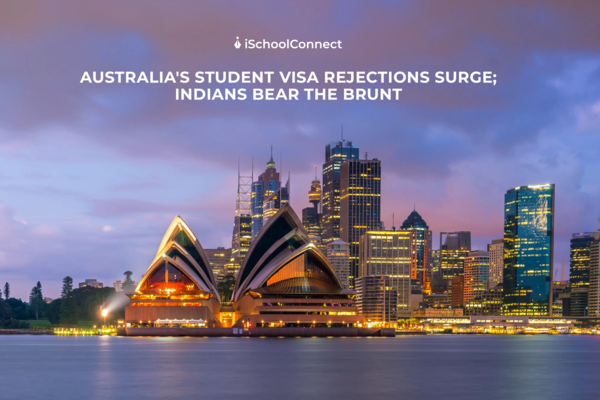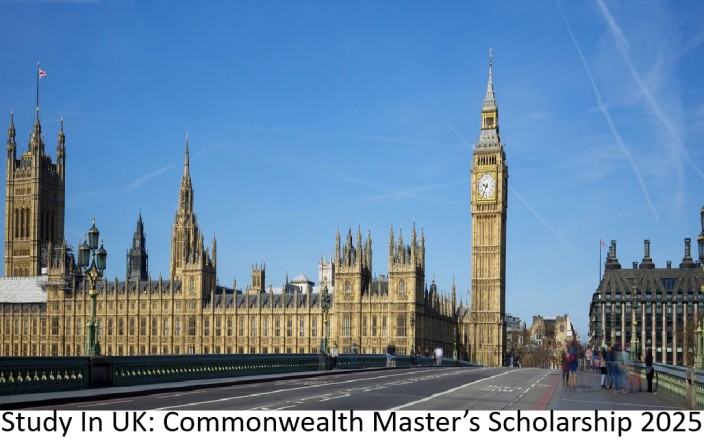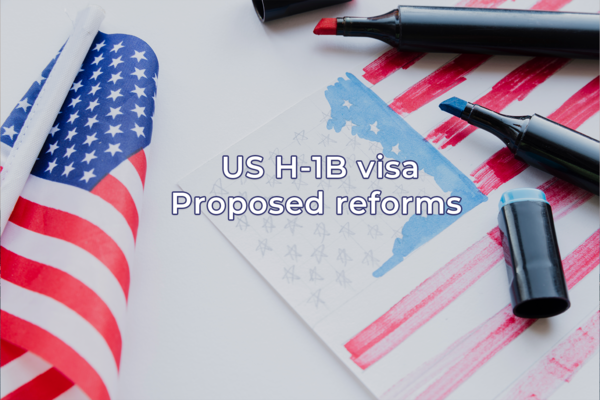Table of Contents
Surge in student visa rejections
In a significant development, Australia has witnessed a surge in student visa rejection rates, impacting one in five international students in the last two quarters of 2023. The rejection trend is attributed to a shift in migration policies, leading to heightened uncertainty and challenges for prospective students.
20% decrease in student visa grants
The rejection of thousands of overseas students has contributed to a 20% decrease in student visa grants, marking the most substantial shift in Australia’s migration landscape in two decades. The ramifications of this policy change extend beyond individual students, influencing the overall migrant intake, projected to decline further in the coming years.
Countries in the line of fire
India, Nepal, and Pakistan, ranking among Australia’s key source markets, are particularly affected by the surge in visa rejections. The implications of Australia’s new migration strategy are causing confusion and disruption within the international education sector. Students from these countries are facing increased scrutiny and challenges in obtaining visas.

High rejection rates and risk categorization
As institutions grapple with the fallout, concerns grow over the potential link between high rejection rates and risk categorization. The government’s warning of slower visa processing times for “higher risk” institutions adds pressure, leaving Level 3 institutions uncertain about meeting recruitment and admissions targets. The government’s plan to update the “risk list” further fuels worries about extending enrollment offers.
Transparency concerns and institutional responses
The new migration settings demand higher savings, enhanced English proficiency, and a “Genuine Student Test.” However, concerns arise regarding the lack of transparency in visa approval processes. Some argue that rejections may be tied to perceived differences in job prospects between students’ home countries and Australia. As universities grapple with these challenges, some have rescinded offers of enrollment. Others narrow down source countries in response to the evolving migration landscape.
Australia’s tightened migration policies are reshaping the international education landscape, posing challenges for students, institutions, and source countries alike. Navigating this uncertainty requires a nuanced understanding of the evolving policies, transparent visa approval processes, and proactive institutional responses.






